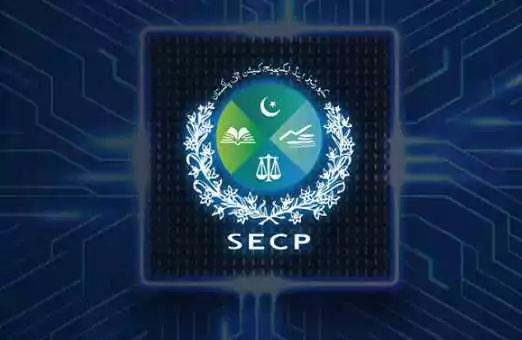PkRevenue.com – The Securities and Exchange Commission of Pakistan (SECP) has launched a groundbreaking policy framework aimed at addressing the gender finance gap in Pakistan.
The Women Equality in Finance Policy (WEFP) is a significant step towards empowering women and enhancing their inclusion in the financial sector, particularly focusing on Non-Bank Microfinance Institutions (NBMFIs).
The newly issued policy framework by SECP highlights the critical need to support women entrepreneurs and improve gender representation at all levels within the NBMFIs. The WEFP outlines strategies to overcome the specific challenges faced by women in accessing finance, aiming to foster a more inclusive and equitable financial ecosystem.
Access to finance remains a significant hurdle for NBMFIs, with local funding sources being limited. This challenge disproportionately affects women, who already face barriers in the financial sector. From 2018 to 2023, the overall gross loan portfolio (GLP) of female borrowers grew by 88%, compared to a 114% growth for male borrowers. Despite this growth, the proportion of women’s GLP declined from 37% to 34%.
The SECP’s data reveals a stark contrast in the growth rates of loan portfolios and the number of borrowers between genders. While the outstanding portfolio of NBMFI women borrowers grew by 30%, the growth for male borrowers was a staggering 196%. Similarly, the proportion of total microfinance women borrowers served by NBMFIs dropped from 65% to 45% over the same period.
The WEFP is designed to complement existing gender initiatives within Pakistan’s financial landscape, such as the State Bank of Pakistan’s Banking on Equality (BOE) policy and the Women Entrepreneurship Policy (WEP) being developed by the Small and Medium Enterprise Development Authority (SMEDA) under the National Financial Inclusion Strategy (NFIS). These initiatives collectively aim to create a more inclusive environment for women in the financial sector.
Between 2018 and 2023, the number of microfinance women borrowers increased by 17% to 4.3 million, compared to a 62% growth in male borrowers, reaching 5.2 million by December 2023. This indicates a slower growth rate for women, with their overall proportion of microfinance borrowers declining from 53% to 45%. Specifically, the number of NBMFI women borrowers decreased by 11%, while the growth rate for MFB women borrowers was 104%.
The NBMFI sector is crucial for women’s access to finance in Pakistan, serving around 2.4 million women with a Gross Outstanding Portfolio (GLP) of Rs 274 billion as of December 2023. However, these institutions serve only 13% of the potential microfinance women market, just slightly higher than the 10% served by Microfinance Banks (MFBs).
Loan sizes also reflect the gender disparity, with the average loan size for women from MFBs being Rs 56,894, compared to Rs 34,178 from NBMFIs. Women’s loans are, on average, 67% and 77% of men’s average loan sizes in NBMFCs and MFBs, respectively. From January 2018 to December 2023, the share of lending to women by microfinance institutions (MFBs and NBMFCs combined) has moderately declined in both numbers (from 53% to 45%) and loan volume (from 37% to 34%).
The SECP’s Women Equality in Finance Policy is a crucial initiative aimed at bridging the gender finance gap. By enhancing women’s access to finance and promoting their inclusion in the financial sector, the SECP aims to foster economic growth and empower women entrepreneurs across Pakistan. This policy framework represents a significant move towards achieving gender parity and financial inclusion in the country’s financial sector.
